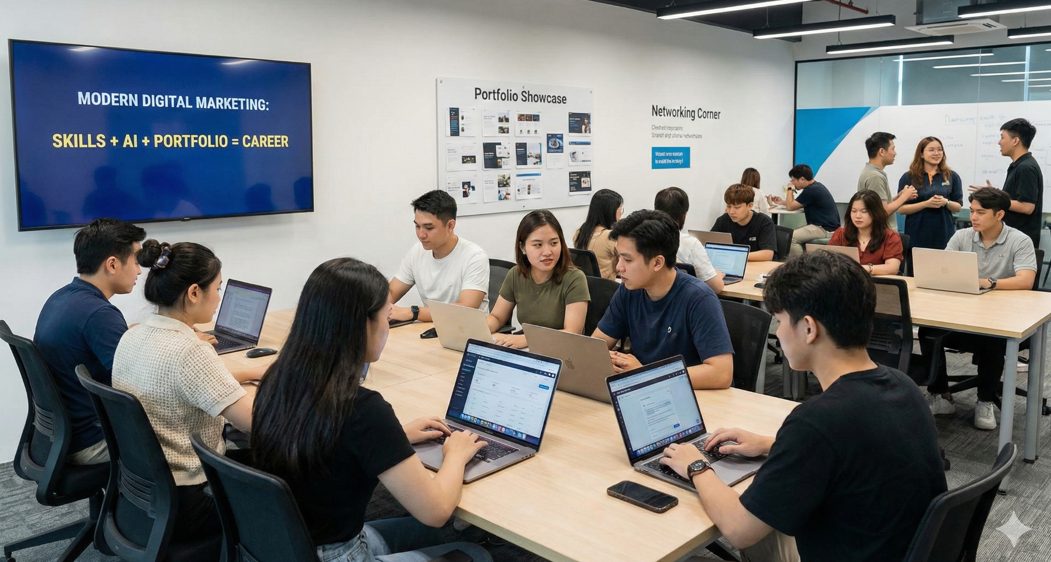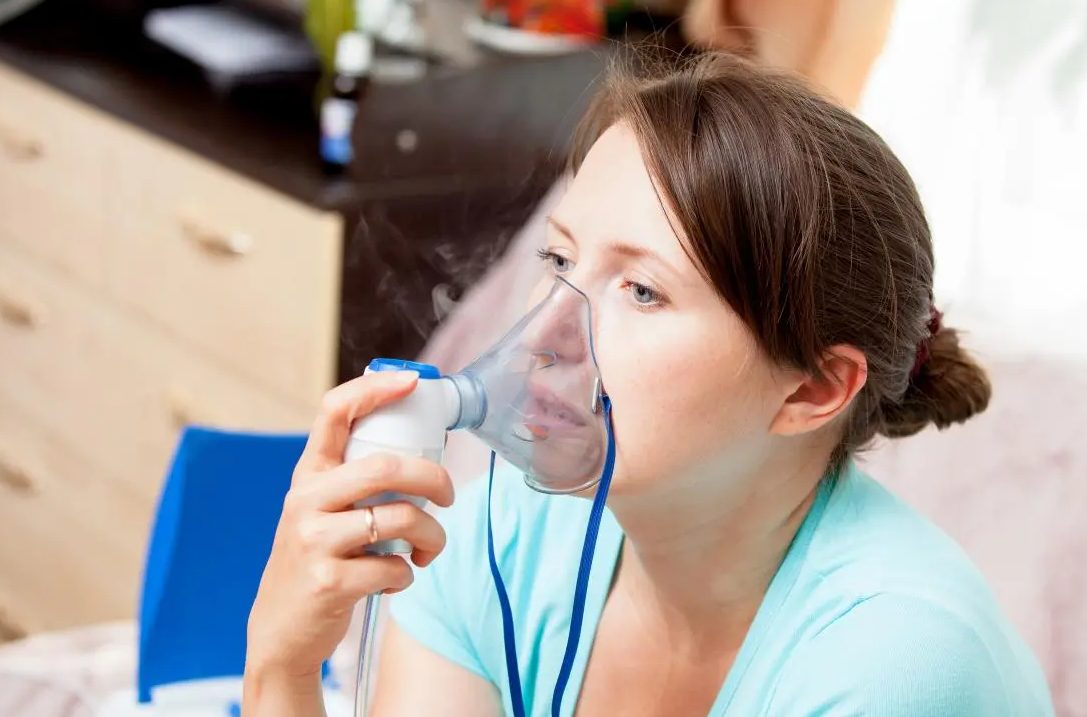The urgent care industry is a vital component of the healthcare system, providing immediate medical attention for non-life-threatening conditions. It offers an alternative to emergency rooms, providing efficient and cost-effective care. According to the UCA, urgent care clinics handle nearly 89 million patient visits annually.
Over the years, urgent care centers have evolved to better cater to the increasing demand for swift healthcare services. From handling minor injuries to treating common illnesses, these facilities have become indispensable. According to the Urgent Care Association, there are 14,928 urgent care centers in the United States.
Slip and fall injuries are a common occurrence that urgent care clinics often address. According to the National Flooring Safety Institute, around one million emergency visits each year are due to such accidents. This highlights the critical nature of urgent care services in managing a variety of health emergencies efficiently.

The Role of Technology in Urgent Care
Technology has been a driving force in transforming urgent care services, making them more accessible and efficient. The integration of tech into healthcare has streamlined various processes, from patient check-ins to healthcare record management. This adoption of modern solutions has improved patient outcomes while significantly reducing wait times. Network for healthcare professionals is helping patients connect with the best professional out there.
Digital health records are one of the primary technological advancements that have reshaped the urgent care landscape. They offer healthcare providers quick access to patient history, enabling more accurate diagnoses and personalized care. This shift from paper to digital records marks a significant leap in the healthcare industry’s efficiency.
Telemedicine is another transformative technology that has become increasingly important in urgent care settings. It allows patients to receive medical consultations remotely, thus enhancing convenience and accessibility. As tech continues to advance, telemedicine options are expected to become more sophisticated, providing high-quality care even from a distance.
Enhancing Patient Experience with Technology
Improving the patient experience is at the forefront of technological integration in urgent care facilities. Online appointment scheduling systems have minimized patient wait times and improved the overall flow of operations within clinics. This convenience helps to alleviate some of the stress associated with seeking urgent medical attention.
Mobile health apps are another tech innovation that is gaining traction in urgent care. These applications provide patients with quick access to health information, appointment reminders, and direct communication with healthcare providers. The convenience and immediacy offered by these platforms are transforming how patients interact with healthcare services.
Patient satisfaction is further boosted through technology-enhanced feedback systems. Automated surveys and feedback applications provide clinics with valuable insights into patient experiences, facilitating continuous improvement in service delivery. As tech-driven solutions become more integrated, they are expected to redefine healthcare quality standards.
Future Implications of Technology in Urgent Care
The future of urgent care is poised to be heavily influenced by ongoing technological advancements. Artificial intelligence, for instance, holds promise for enhancing diagnostic accuracy and streamlining administrative tasks. As AI tech evolves, it could play a significant role in predicting patient needs and managing resources more efficiently.
Wearable tech is another innovation that could transform urgent care by providing real-time health monitoring. These devices can track vital statistics, which could be crucial for chronic disease management and preventative care. Such technology provides immediate data that healthcare providers can use to make informed decisions quickly.
Robotics is an emerging field within tech that could influence urgent care operations. From automated check-in kiosks to robotic-assisted surgeries, these advancements promise to enhance precision and efficiency in patient care. As technology continues to advance, the integration of robotics might redefine procedural protocols within urgent care settings.
Embracing Technological Change
The integration of technology has undoubtedly transformed the urgent care industry, making it more efficient and patient-centric. By embracing these innovations, urgent care facilities are better equipped to handle the increasing demand for immediate healthcare services. The shift towards a tech-oriented approach is crucial for improving both service quality and patient satisfaction.
As technological advancements continue, they offer new opportunities for enhancing healthcare accessibility and efficiency. The urgent care industry must remain adaptable, ready to incorporate cutting-edge technologies to meet evolving healthcare demands. Continuous innovation in tech is vital to maintaining the relevance and effectiveness of urgent care services.
Ultimately, the seamless incorporation of technology into urgent care routines stands to benefit not only healthcare providers but also the patients they serve. As the industry progresses, tech-driven solutions offer the promise of better patient outcomes, greater operational success, and a brighter future for urgent care services as a whole. The commitment to technological integration will shape the healthcare landscape for years to come.






